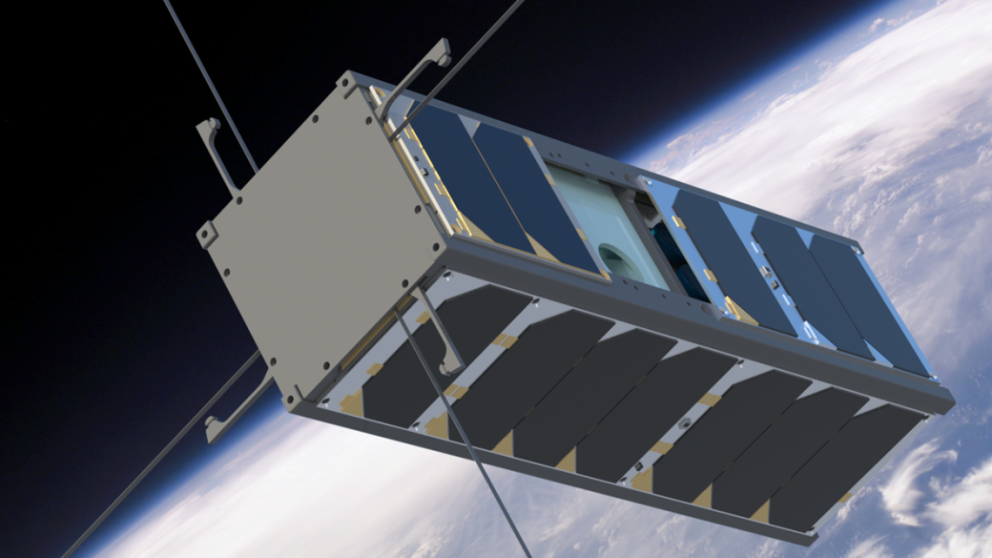MESAT-1 isn’t the only CubeSat destined for space on the next Firefly Alpha launch. Eight other satellites are slated to fly as part of the 43rd mission in NASA’s Educational Launch of Nanosatellite (ELaNa) program. When Maine’s first CubeSat becomes airborne at Vandenberg Space Force Base, its traveling companions are expected to be…
CatSat
This 6U CubeSat from the University of Arizona will receive HF (5-30 MHz) WSPR signals, demonstrate an inflatable HF antenna, and produce high-resolution imagery of Earth.
FMI https://catsat.arizona.edu/mission/support-electronics
KUbeSat-1
This 3U CubeSat from the University of Kansas will measure primary cosmic rays hitting Earth, measure VHF from cosmic ray interactions with the atmosphere, and capture images of Earth and space.
SOC-i
A 2U CubeSat from the University of Washington, the “Satellite for Optimal Control and imaging” (say “sockeye”), will demonstrate a guidance algorithm meant to address two constraining factors through orientation control and imaging.
FMI https://ieeexplore.ieee.org/document/9438540
R5-S4 + R5-S2-2.0
A pair of 6U CubeSats from NASA’s Johnson Space Center will assess the suitability of commercial off-the-shelf components for free-flying extravehicular inspections.
FMI https://space.skyrocket.de/doc_sdat/r5-s2.htm
Serenity
A 3U CubeSat from Teachers in Space will measure radiation and permit amateur radio operators to command the satellite for specific data downloads. This is the third Serenity. The first was lost in a post-launch explosion and the second decayed after just a few days.
FMI https://tis.org/serenity-satellite/
REAL
[Update: This CubeSat was removed from the ELaNa 43 mission.] A CubeSat from Dartmouth University, New Hampshire, the “Realistic Electron Atmospheric Loss” satellite will characterize loss of particles (both electrons and protons) from Earth’s Van Allen radiation belts.
FMI https://physics.dartmouth.edu/news/2020/02/dartmouth-cubesat-project-selected-nasa
TechEdSat-11
A CubeSat from the NASA Ames Research Center, California, is in the TechEdSat series, which focuses on bringing small payloads from orbit back to Earth by advancing CubeSat entry, descent, and landing systems.
FMI https://www.nasa.gov/ames/techedsat
MaineSat.org wishes all good luck and godspeed.

